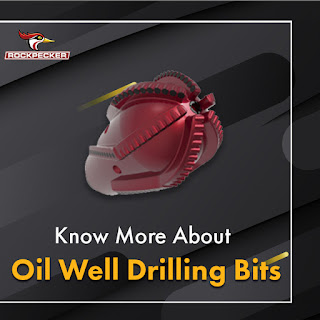Directional Drilling Techniques for Oil & Gas Industry

The process of drilling a pilot hole along a present path between the predetermined entrance and exit points is known as directional drilling. Over the past 50 years, it has undergone modifications to allow for the drilling of multiple holes from a single rig; in the past, vertical drilling was the only method available for drilling a wellbore. It is a method or ability to direct the drill stem and bit to a certain downhole in order to divert a wellbore to a predetermined destination. Directional wells are bored straight down to a predetermined depth and then gradually bent at one or more places to penetrate one or more target reservoirs. Directional drilling is often achieved by using a fluid-driven downhole motor to turn the drill bit. The limitations of directional drilling are primarily dependent upon maximum hole angle, rate of angle change, and torque or friction considerations. Below are the various Directional Drilling techniques used in Oil & Gas field: 1. Multiple we...





